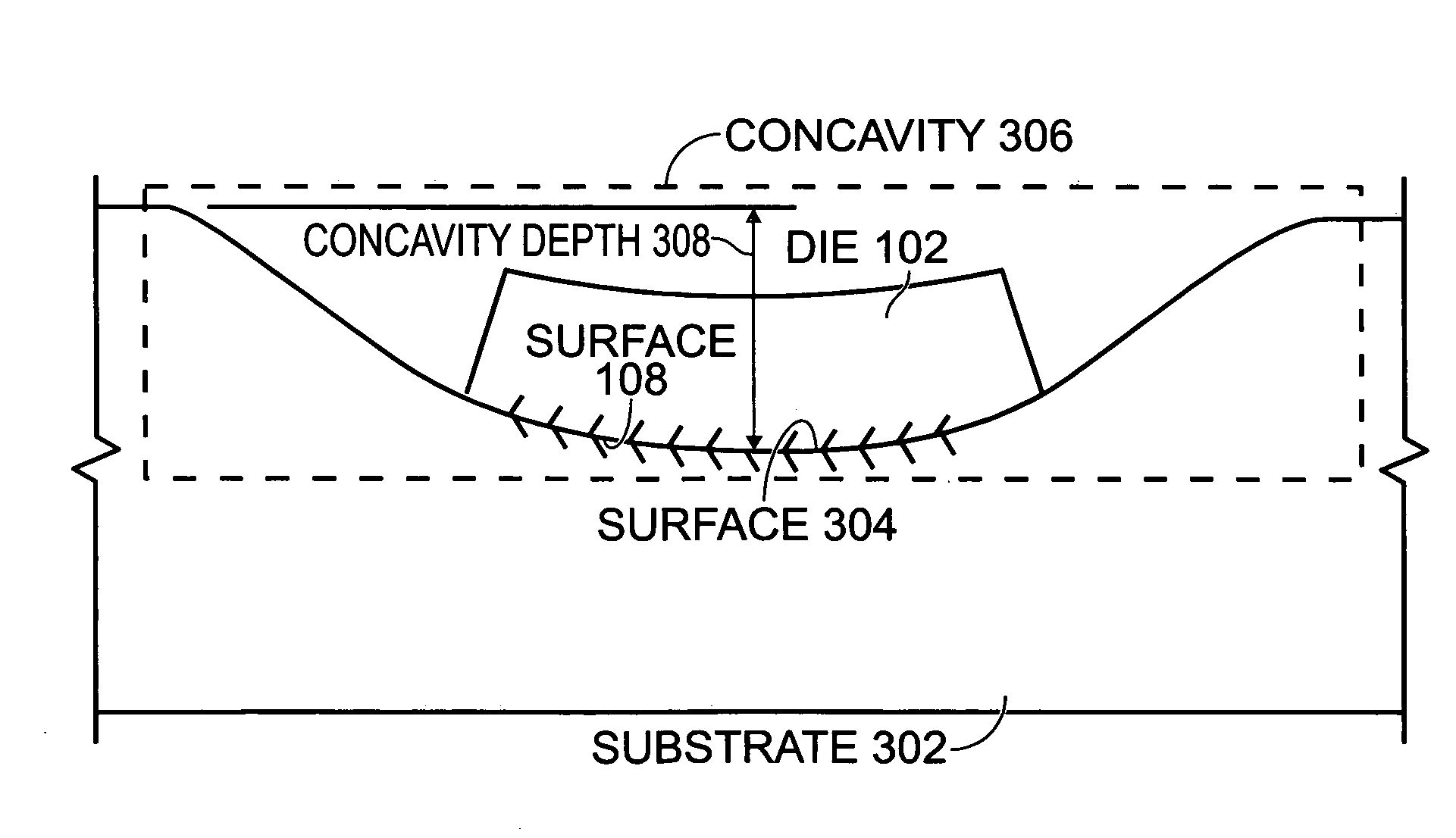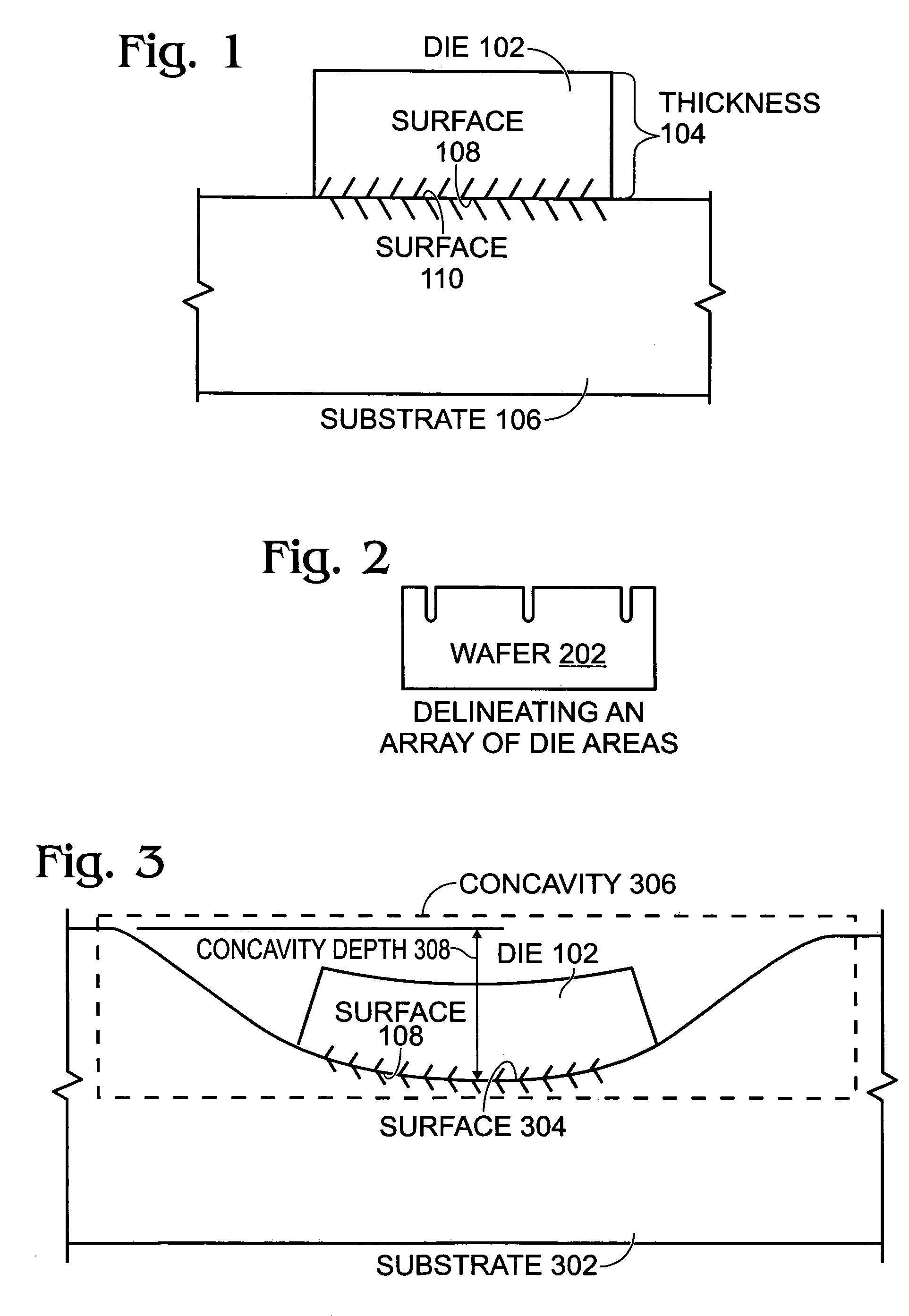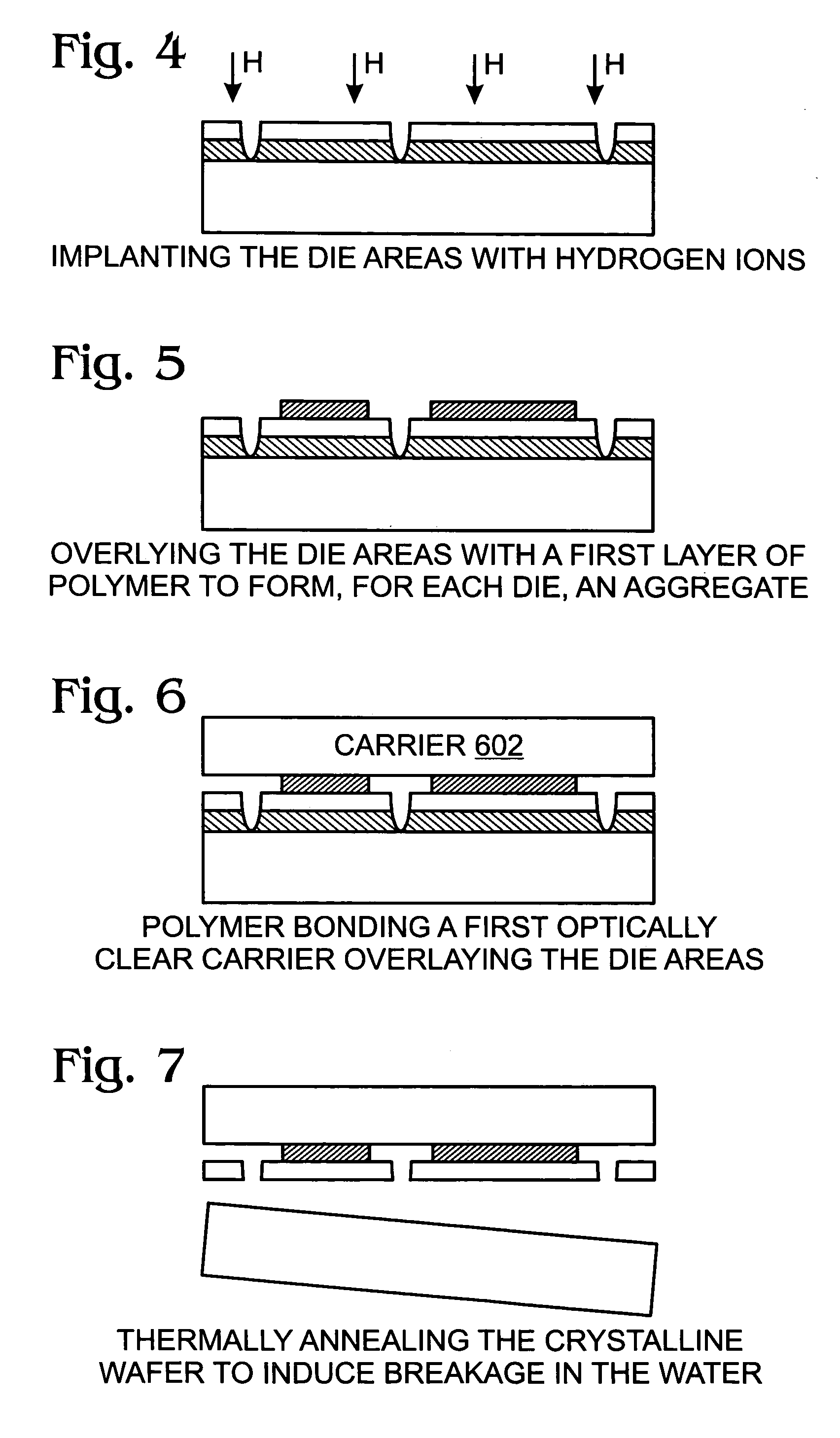Substrate with crystal silicon array
a technology of crystal silicon and substrate, which is applied in the direction of radiation controlled devices, semiconductor/solid-state device details, instruments, etc., can solve the problems of insufficient steady drive current produced by polysilicon tfts formed by ltps technology, the inability to realize sophisticated functions such as central processor unit operations and digital signal processing, and the inability to achieve the effect of organic light-emitting diode displays. rapid thermal breakage of crystalline silicon wafer and rapid mechanical
- Summary
- Abstract
- Description
- Claims
- Application Information
AI Technical Summary
Benefits of technology
Problems solved by technology
Method used
Image
Examples
Embodiment Construction
[0026]The use of single crystal silicon can resolve the thin film transistor and organic light emitting diode display problems noted in the Background Section. Although there currently are techniques for creating films of single crystal silicon on transparent or flexible substrates, there also are problems and limitations associated with these techniques. One such technique is Fluidic-Self-Assembly™ (FSA) by Alien Technology. FSA works best for silicon layers of more than 50 microns. Unfortunately, such blocks constitute a “bulk silicon integrated circuit”, and, consequently, exhibit undesirable capacitive effects that are substantial compared to silicon-on-insulator devices. Also, FSA placement depends on random probability and gravity to move the blocks to their desired locations. As a result, more than 80% of the blocks do not settle in their desired locations and, therefore, need to be recycled or disposed. Thus, FSA placement requires a large number of blocks to populate the de...
PUM
 Login to View More
Login to View More Abstract
Description
Claims
Application Information
 Login to View More
Login to View More - R&D
- Intellectual Property
- Life Sciences
- Materials
- Tech Scout
- Unparalleled Data Quality
- Higher Quality Content
- 60% Fewer Hallucinations
Browse by: Latest US Patents, China's latest patents, Technical Efficacy Thesaurus, Application Domain, Technology Topic, Popular Technical Reports.
© 2025 PatSnap. All rights reserved.Legal|Privacy policy|Modern Slavery Act Transparency Statement|Sitemap|About US| Contact US: help@patsnap.com



